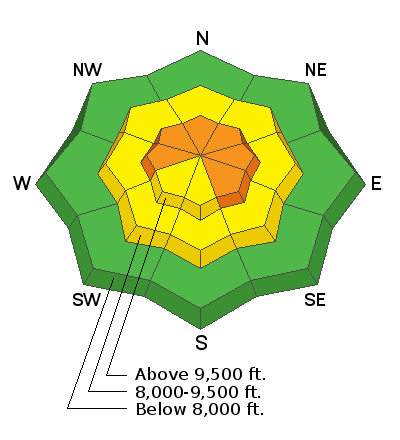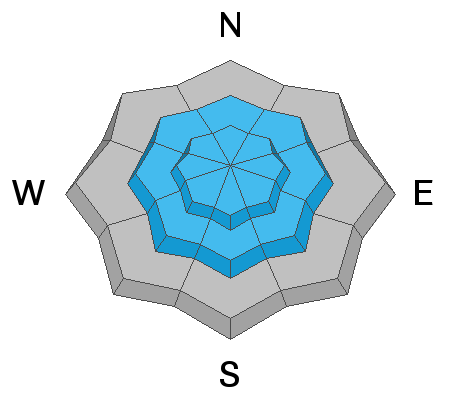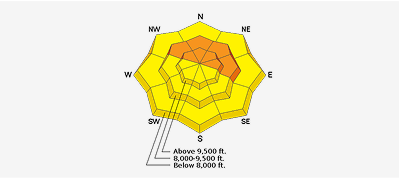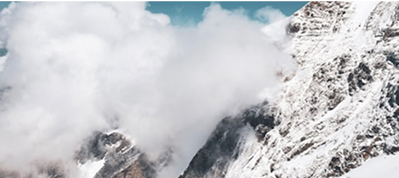Forecast for the Skyline Area Mountains

Issued by Brett Kobernik on
Friday morning, February 5, 2021
Friday morning, February 5, 2021
The avalanche danger remains CONSIDERABLE today. Human triggered avalanches are likely on steep upper elevation slopes especially where fresh drifts have formed. Keep in mind:
- Avalanches can be triggered from a distance so be aware of what is above you.
- Tracks on a slope don't mean it is safe. It could still avalanche on you.
To stay safe, avoid being on or below slopes steeper than about 30 degrees in steepness.

Low
Moderate
Considerable
High
Extreme
Learn how to read the forecast here







